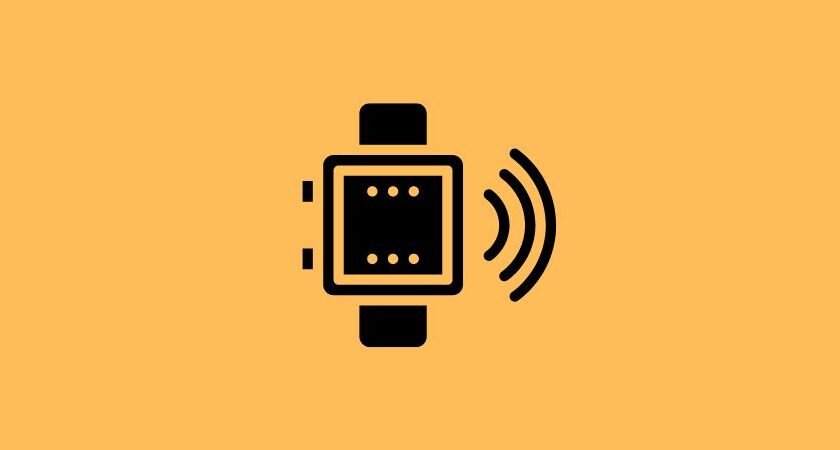In recent years, technology has made significant strides in various aspects of our lives, including healthcare. One of the most revolutionary innovations in the healthcare sector is the development of wearable health devices. These small, portable gadgets are designed to track and monitor various health parameters, providing users with real-time data about their well-being.
The rise of wearable health devices has not only transformed the way we perceive healthcare but has also empowered patients to take charge of their own health and well-being.
The Revolution of Wearable Health Devices
Wearable health devices, also known as wearables or fitness trackers, have become increasingly popular in the past decade. These devices come in various forms, such as smartwatches, fitness bands, and even smart clothing. They are equipped with sensors that can track a wide range of health metrics, including heart rate, blood pressure, sleep patterns, physical activity, and even stress levels.
The primary goal of these devices is to provide users with valuable insights into their health and fitness levels. By continuously monitoring and collecting data, wearables can offer personalized recommendations and feedback to help users make informed decisions about their lifestyle choices.
Empowering Patients to Take Control
Wearable health devices have the potential to transform healthcare from a reactive model to a proactive one. Traditionally, patients would visit healthcare professionals when they felt unwell or when symptoms appeared. With wearables, individuals can continuously monitor their health parameters, leading to early detection of potential health issues.
The real power of wearable health devices lies in the fact that they enable patients to become more engaged and proactive in managing their health. By having access to real-time data, patients can make informed choices about their diet, exercise, and stress management. They can set personal health goals and track their progress over time, making the journey to better health an empowering and rewarding experience.
Promoting Preventive Healthcare
Prevention is always better than cure, and wearable health devices play a pivotal role in promoting preventive healthcare. By continuously monitoring vital signs and behaviors, these devices can alert users to potential health risks before they escalate into serious conditions.
For instance, wearables can track irregular heart rhythms and notify users of potential cardiac issues. Similarly, they can monitor sleep patterns and provide insights into sleep quality, helping users address sleep disorders before they lead to chronic health problems. By catching health issues early, wearable devices can reduce the burden on healthcare systems and improve overall public health.
Encouraging Active Lifestyles
One of the significant benefits of wearable health devices is their ability to encourage physical activity. By monitoring steps taken, distance covered, and calories burned, wearables motivate users to stay active throughout the day. Many devices offer gamification features, allowing users to set daily activity goals and earn rewards for achieving them.
This gamification element has proven to be highly effective in encouraging people to adopt a more active lifestyle. Whether it’s taking the stairs instead of the elevator or going for a brisk walk during breaks, wearables provide constant reminders to keep moving and stay healthy.
Enhancing Chronic Disease Management
For individuals living with chronic conditions such as diabetes, hypertension, or asthma, wearable health devices offer invaluable support in managing their health. These devices can track glucose levels, blood pressure, and medication adherence, helping patients stay on top of their conditions.
Additionally, wearables can enable better communication between patients and healthcare providers. By sharing data with their doctors, patients can receive personalized treatment plans and timely interventions, leading to better disease management and improved quality of life.
Challenges and Considerations
While wearable health devices have shown immense promise, there are still challenges to overcome. The accuracy and reliability of the data collected by these devices remain a concern. Manufacturers need to ensure that their products provide accurate readings and avoid false alarms.
Privacy and data security are other critical factors. With wearables collecting sensitive health data, it is vital to have robust data protection measures in place to safeguard user information.
Furthermore, the accessibility and affordability of wearable health devices can be an issue for certain demographics. Efforts should be made to make these technologies available to everyone, regardless of their socioeconomic status, to ensure equitable healthcare.
Conclusion
Wearable health devices have undoubtedly revolutionized the way we approach healthcare. By empowering patients to monitor and manage their own health, these devices are shifting the focus from disease treatment to preventive care. With real-time data at their fingertips, individuals are better equipped to make informed decisions about their well-being, leading to healthier lifestyles and improved health outcomes.
As technology continues to advance, wearable health devices will become even more sophisticated, capable of monitoring an ever-expanding range of health parameters. The potential for wearables to transform healthcare is vast, and their role in empowering patients to take control of their well-being is unquestionable.
As more people embrace these technologies, we can look forward to a healthier and more proactive approach to healthcare for all.
